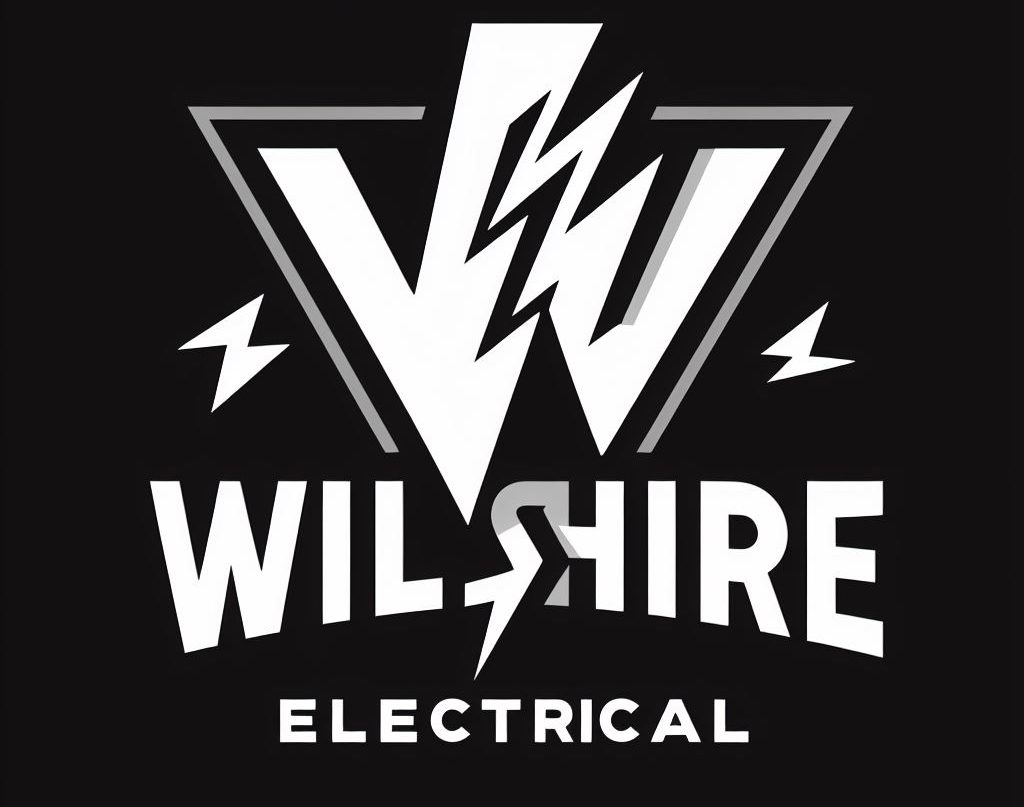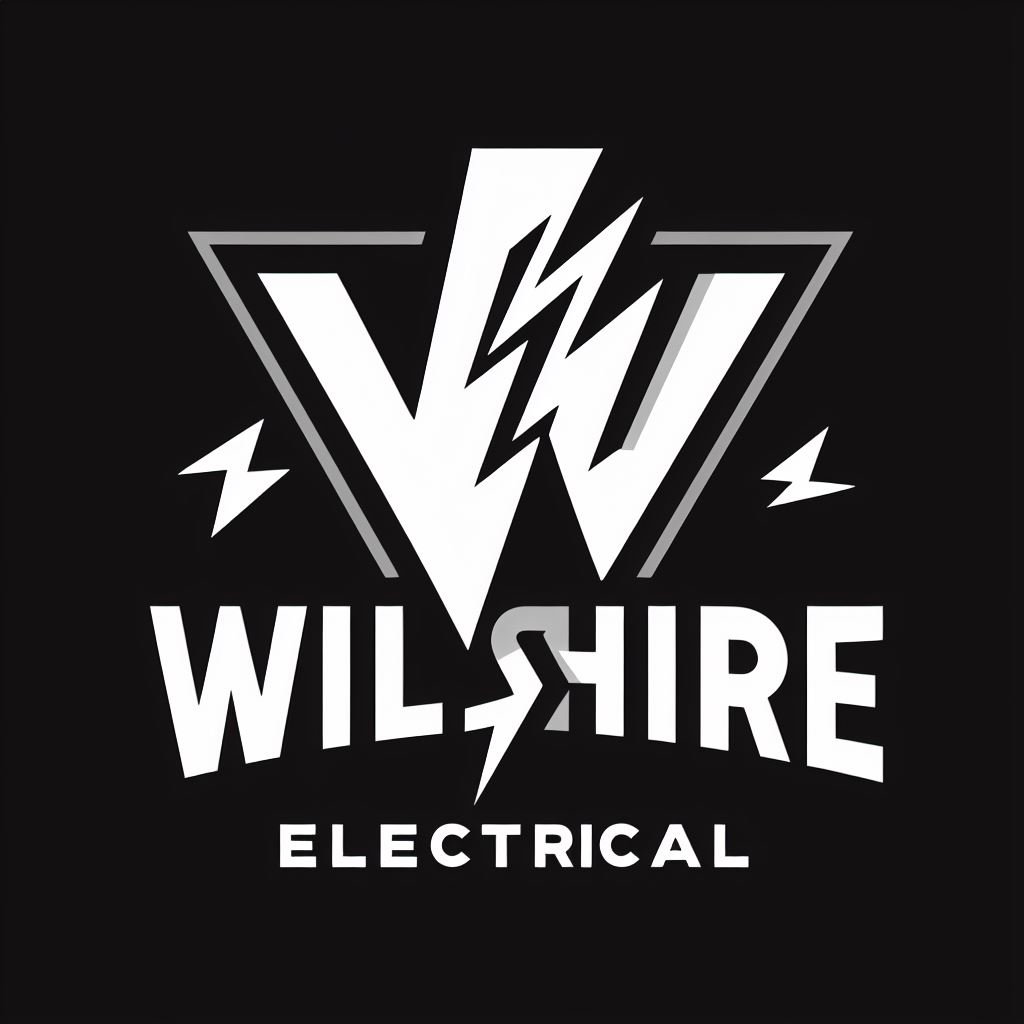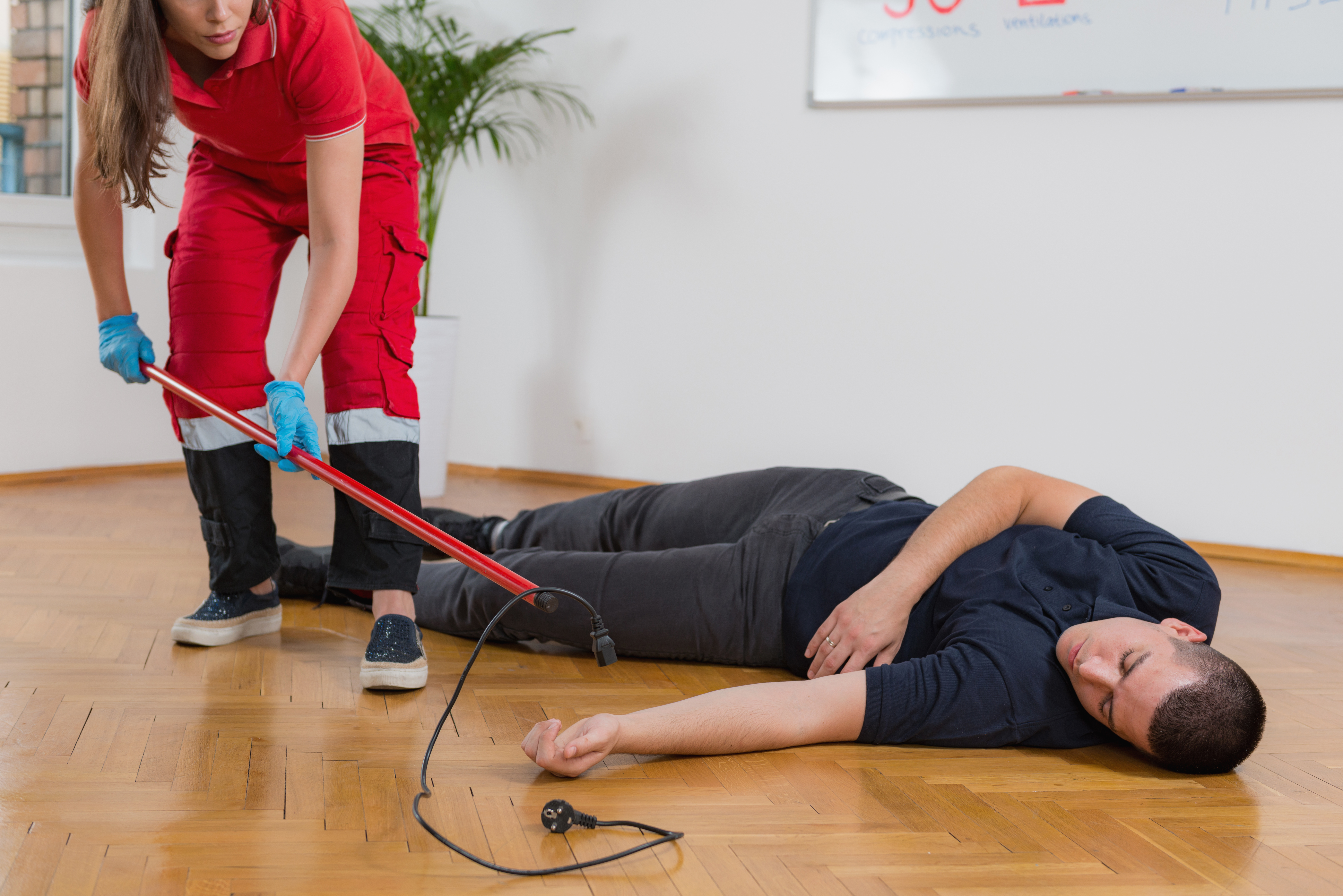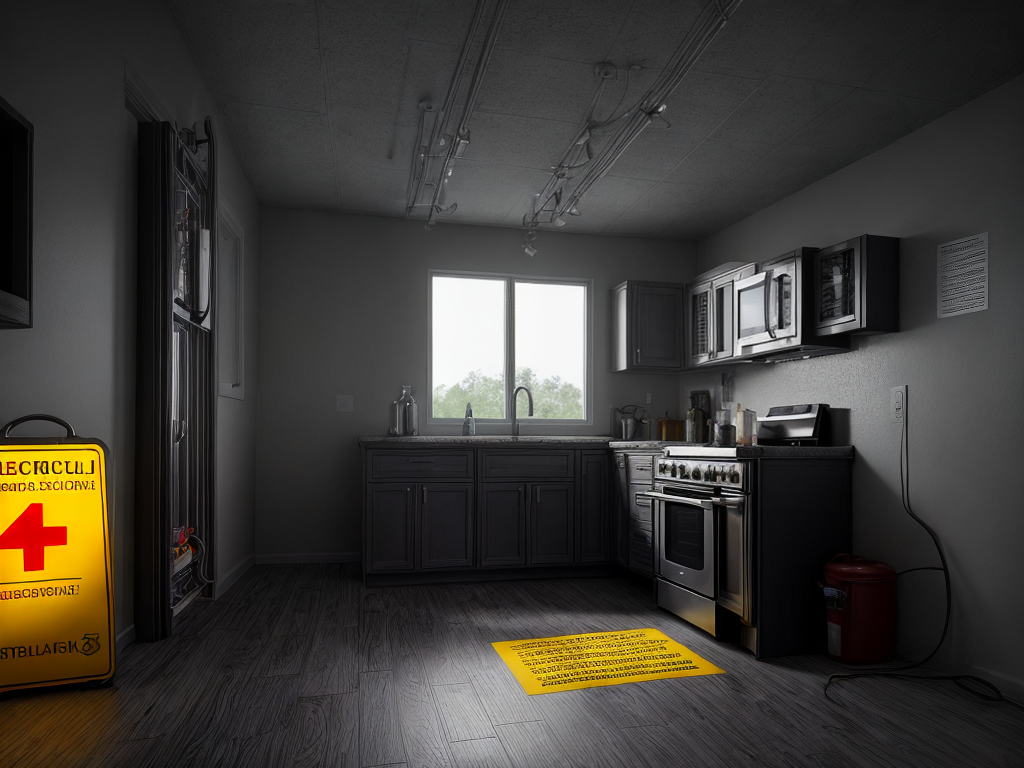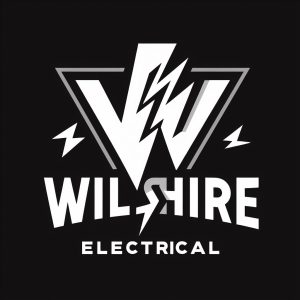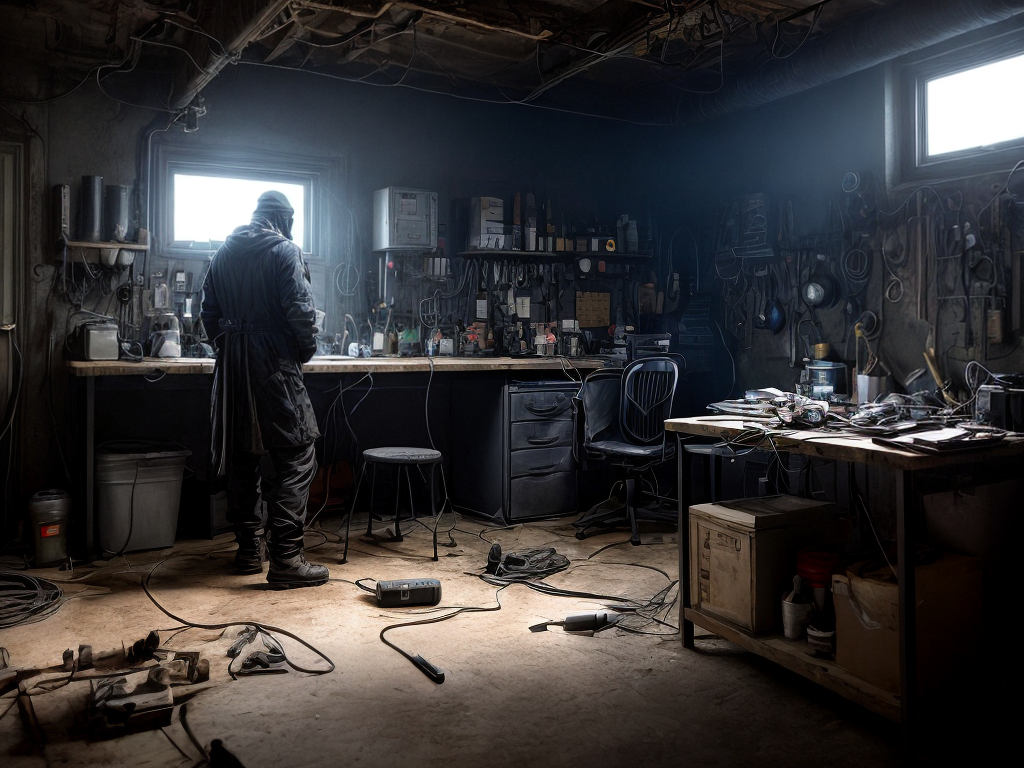
As an avid DIY enthusiast, I’ve always found the internet to be a treasure trove of knowledge for home improvement projects. However, when it comes to electrical DIY, I’ve discovered a dark side lurking beneath the surface. In this article, I’ll shed light on the dangers of relying on unreliable online advice and share essential tips for staying safe. Let’s navigate the treacherous waters of electrical DIY together and ensure our projects don’t end in disaster.
Unreliable Online Advice: The Hidden Danger
Finding accurate and trustworthy online advice is crucial when it comes to electrical DIY. It’s tempting to rely on quick and easy tutorials found on Google and YouTube, but there are dangers lurking in the shadows. The truth is, not all online advice is reliable, especially when it comes to electrical work. Relying on unreliable online advice can lead to serious consequences, from electrical shocks to fires. That’s why it’s essential to verify the credibility of online sources before following their guidance. Don’t let the allure of convenience blind you to the risks involved. Take the time to do your research, check for reputable sources, and consult professionals when necessary. Your safety and the safety of your home should always be the top priority.
Essential Tips for Safe Electrical DIY
One of the essential tips for safe electrical DIY is proper insulation of electrical connections. This helps to prevent electrical shocks and fires caused by exposed wires. Here are three important tips to keep in mind when working with electrical DIY equipment:
- Always use insulated tools and equipment to minimize the risk of electric shocks.
- Avoid overloading electrical circuits by distributing the load evenly and using appropriate circuit breakers.
- Double-check all connections and ensure they are securely tightened to avoid loose connections and potential electrical hazards.
It is crucial to be aware of common electrical DIY mistakes, such as using the wrong type of wire, improper grounding, and not following safety guidelines. By following these essential tips and being mindful of potential mistakes, you can ensure a safer electrical DIY experience.
Preventing Accidental Damage: Locating Cables in Walls
To ensure the safety of my electrical DIY projects, I must be cautious and aware of the location of cables in walls. Preventing damage to electrical cables during DIY projects is essential to avoid accidents and costly repairs. Cable identification techniques and tools can help me locate cables safely and accurately. Here are some common techniques and tools that I can use:
| Technique | Tool |
|---|---|
| Visual inspection | Flashlight |
| Stud finders | Cable detector |
| Wire tracer | Non-contact voltage tester |
The Importance of RCDs in Electrical Faults
Having an RCD is crucial for protecting myself from electrical faults. It is important to understand the significance of RCDs in preventing potential dangers. Here are three reasons why RCDs are essential:
- Safety: RCDs, or Residual Current Devices, cut off the power supply instantly when they detect an electrical fault. This helps prevent electric shock and potential fires caused by faulty wiring or appliances.
- Early Detection: RCDs provide an extra layer of protection by detecting even the smallest electrical imbalances. This early detection helps identify and address electrical faults before they escalate into major issues.
- Compliance: RCDs are a vital component of electrical inspections and compliance with safety regulations. They are required in many jurisdictions for certain installations, ensuring the safety of occupants and reducing the risk of electrical accidents.
Safety First: Shutting off Power in the Fusebox
I always make sure to shut off the power in the fusebox before starting any electrical DIY project. It is of utmost importance to prioritize electrical safety during DIY tasks. There are several common electrical hazards that we need to be aware of and know how to avoid. One such hazard is accidental electrocution. To prevent this, always turn off the power in the fusebox before working on any electrical components. Another hazard is working near live wires. To avoid this, use battery-powered tools instead of those that need to be plugged in. Additionally, make sure to check power tools and leads for any damage before use. By taking these precautions, we can ensure our safety and minimize the risk of electrical accidents during DIY projects.
Checking Tools and Leads: Avoiding Hazards
Before starting any electrical DIY project, it is crucial to thoroughly inspect the tools and leads for any potential hazards. Here are some important tips to prevent tool accidents and avoid common electrical hazards:
- Check power tools and leads for any signs of damage such as frayed wires or broken plugs. Using damaged tools or leads can increase the risk of electric shock or fires.
- Ensure that all tools are properly grounded and have the appropriate safety features such as insulated handles or guards. This helps protect against electrical accidents.
- Always use the right tools for the job and follow the manufacturer’s instructions. Using the wrong tools or improper techniques can lead to accidents or damage to the electrical system.
Why You Need a Registered Electrician for Electrical Work
Hiring a registered electrician is essential for ensuring the safety and quality of electrical work. Attempting to do electrical work without professional assistance can pose serious risks. Here are the benefits of hiring a professional electrician for electrical work compared to the risks of DIY electrical work:
| Benefits of Hiring a Professional Electrician | Risks of DIY Electrical Work |
|---|---|
| Expertise and Experience | Lack of knowledge |
| Compliance with Safety Standards | Potential safety hazards |
| Proper Equipment and Tools | Inadequate tools |
| Warranty and Insurance | No coverage for mistakes |
A professional electrician brings expertise, compliance with safety standards, proper equipment, and warranty coverage. On the other hand, DIY electrical work without professional assistance can result in accidents, safety hazards, and potential damage. It is crucial to prioritize safety and quality by hiring a registered electrician for electrical work.
Finding a Trusted Professional: The Key to Safety
For the utmost safety and peace of mind, it is essential to rely on a trusted professional when it comes to electrical work. Here are a few key reasons why finding a trusted professional is crucial:
- Ensuring qualifications: A trusted professional will have the necessary qualifications and training to handle electrical work safely and effectively.
- Verifying credentials: By hiring a trusted professional, you can verify their credentials, such as licensing and certifications, to ensure they are qualified for the job.
- Peace of mind: Hiring a trusted professional gives you peace of mind knowing that the electrical work will be done correctly, minimizing the risk of accidents or hazards.
When it comes to electrical work, don’t take any chances. Find a trusted professional who can ensure your safety and the safety of your home.
Understanding Part P of the Building Regulations
As a homeowner, it is important to understand Part P of the Building Regulations and how it applies to electrical work in your home. Part P covers the legal requirements for electrical installations in households. Certain types of work, such as installations in bathrooms or new circuits, require the expertise of a registered electrician. It is important to note that notifiable electrical work must be certified by a registered electrician, who will inform the local authority. To help you understand the significance of Part P, here is a table outlining the key points:
| Understanding Part P | Certification Process |
|---|---|
| Covers legal requirements | Notifiable work must be certified |
| Work in bathrooms requires experts | Registered electricians inform local authority |
| New circuit installations need experts |
Notifiable Electrical Work: Legal Requirements
I must understand the legal requirements for notifiable electrical work. When it comes to electrical DIY, there are certain legal obligations that must be followed. Here are a few key points to keep in mind:
- Notifiable electrical work needs to be certified by a registered electrician.
- It is important to inform the local authority about the electrical work being carried out.
- The certification process ensures that the work meets the necessary safety standards.
Understanding these legal obligations is crucial to ensure the safety of yourself and others. By following the proper certification process, you can have peace of mind knowing that your electrical work is done correctly and meets the required standards. Don’t overlook these legal requirements when undertaking electrical DIY projects.
Spreading Awareness: Taking Action for Electrical DIY Safety
Encouraging readers to share the article and actively raise awareness about electrical DIY safety can make a significant impact in preventing accidents and promoting safe practices. Raising awareness is crucial in spreading important information about the potential dangers of electrical DIY projects. By sharing this article, readers can help educate others about the risks involved and the precautions that should be taken. Sharing information is key to ensuring that people have access to reliable and accurate guidance when it comes to electrical DIY. By spreading awareness, we can empower individuals to make informed decisions and prioritize safety when undertaking electrical projects. Together, we can create a culture of caution and responsibility, reducing the likelihood of accidents and promoting the safe practice of electrical DIY. So let’s take action and share this article to make a difference in electrical DIY safety.
